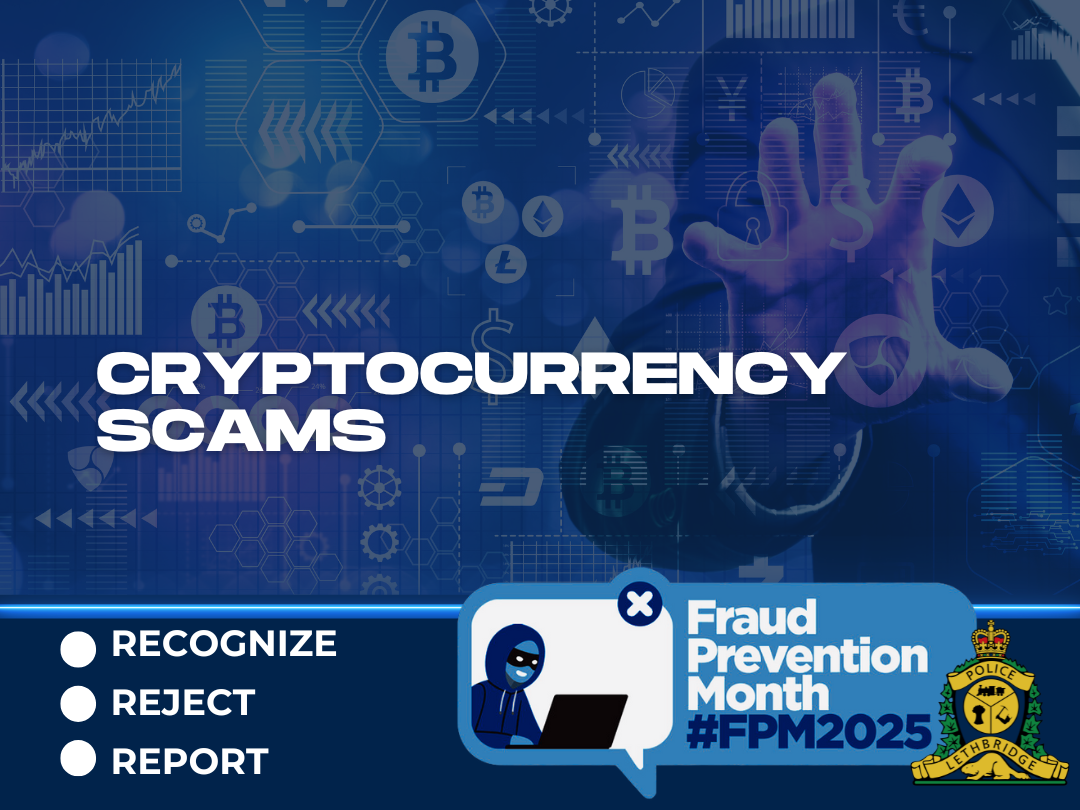Learn how to avoid crypto scams in 2025. Discover red flags, safe investment tips, and proven strategies to protect your digital assets.The cryptocurrency market is booming, attracting millions of investors worldwide. Unfortunately, with rapid growth comes risk—crypto scams are on the rise. From fake exchanges to phishing emails and rug pulls, scammers are becoming increasingly sophisticated.
If you’re planning to invest or already own digital assets, knowing how to avoid crypto scams is essential. In this guide, we’ll cover the most common types of scams, warning signs, and proven safety tips to keep your investments secure in 2025.

Why Crypto Scams Are So Common
Unlike traditional finance, crypto operates in a decentralized, largely unregulated environment. This makes it easier for scammers to exploit loopholes and harder for victims to recover stolen funds.
- Anonymity: Transactions are hard to trace.
- FOMO (Fear of Missing Out): Investors often rush into “too good to be true” opportunities.
- Lack of awareness: Many new investors don’t fully understand blockchain technology.
Common Types of Crypto Scams
1. Fake Exchanges and Wallets
Scammers create websites or apps that look like legitimate crypto exchanges or wallets. Users deposit funds but are unable to withdraw them.
- Red Flag: Unrealistic promises like “zero fees” or “guaranteed returns.”
- ✅ Tip: Only use trusted exchanges like Coinbase, Binance, or Kraken.
2. Phishing Scams
Fraudsters send fake emails or messages pretending to be from crypto platforms, asking you to share private keys or login details.
- Red Flag: Urgent messages like “Your account is suspended, click here to fix.”
- ✅ Tip: Always check the sender’s email address and enable two-factor authentication (2FA).
3. Pump-and-Dump Schemes
Scammers hype up a coin, drive up its price, then sell off their holdings, causing the price to crash.
- Red Flag: Influencers pushing unknown coins with promises of 10x returns.
- ✅ Tip: Research the project thoroughly before investing.
4. Rug Pulls in DeFi Projects
Developers create a new token or project, attract investors, and suddenly withdraw all liquidity.
- Red Flag: Anonymous teams, no clear roadmap, or unaudited smart contracts.
- ✅ Tip: Stick to DeFi platforms with proven track records like Uniswap or Aave.
5. Fake Giveaways and Airdrops
Scammers impersonate celebrities or companies, asking people to “send 1 ETH to get 2 ETH back.”
- Red Flag: Too-good-to-be-true offers on Twitter, Telegram, or Discord.
- ✅ Tip: Real airdrops never ask you to send money first.
6. Crypto Investment Scams
Ponzi-style schemes promise guaranteed daily profits from crypto trading or mining.
- Red Flag: No transparency about how profits are generated.
- ✅ Tip: Remember—if returns are guaranteed, it’s a scam.

How to Spot a Crypto Scam
Look out for these warning signs:
- 🌐 Websites with no SSL certificate (URL doesn’t start with https://)
- ❓ Anonymous teams with no LinkedIn profiles or verifiable background
- 📈 Promises of “risk-free” or “guaranteed” profits
- 🔒 Pressure tactics like “limited-time offer” or “act fast”
- 💰 Requests for upfront payments or private key sharing
Best Practices to Avoid Crypto Scams
1. Use Reputable Platforms
- Stick to well-known exchanges and wallets.
- Check reviews on CoinMarketCap and Trustpilot.
2. Secure Your Wallets
- Store long-term holdings in hardware wallets like Ledger or Trezor.
- Never share your private keys.
3. Double-Check URLs and Apps
- Bookmark official websites.
- Download apps only from official stores.
4. Research Before Investing
- Read the whitepaper of new projects.
- Verify if the project is audited by third parties.
5. Enable Multi-Layer Security
- Use 2FA (Google Authenticator or Authy).
- Set up anti-phishing codes on exchanges.
6. Stay Informed
Join communities on Reddit or Twitter for scam alerts.
Follow trusted sources like CoinDesk and CoinTelegraph.

Conclusion
As the crypto industry grows, scammers are becoming more sophisticated. By learning how to recognize red flags, researching projects carefully, and using proper security tools, you can protect your investments and trade with confidence.
Remember: If it sounds too good to be true, it probably is.
🚀 Stay smart, stay secure, and invest wisely in 2025.
